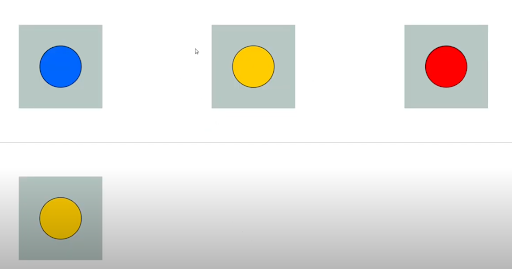Talk & Play Marketplace is an online application implemented and available for free by the non-profit SciFY so that everyone can create and share their own content for the Talk & Play application.
The content of Talk & Play Marketplace is mainly aimed at people without mental health problems, but who have communication problems due to motor or speech difficulties (e.g. tracheostomy combined with motor issues), as well as people with aphasia (e.g. due to brain damage) .
The communication cards are intended to facilitate the patient/end-user in communicating with their relatives.
When seeing a card, the patient must be able to understand immediately what it shows so that they can decide if it covers their need.
An example is a patient that is thirsty and wants to ask for a glass of water. This need can be covered by creating a card in Talk & Play Marketplace, showing the image of a glass of water and accompanied by an audio file that contains the phrases “I want water” or “thirsty!”.
Many Communication Cards together create a Card Package.
Game cards aim to entertain the user/patient, with games that keep their mind alert and allow them to train creatively.
Talk & Play Marketplace includes games in 3 categories:
2.1 Stimulus - Reaction
The goal here is for the user to press a button on the keyboard and see something happen on the screen as a result. This way they combine the stimulus (pressing a button) with the reaction (something happening on the screen).
The images that make up the games of this category must be simple and attractive to the end-user.
2.2 Time Sequence
In the games of this category, the user sees a number of images that they have to put in order according to what happened first. Let’s see an example:

In the game above we see the life course of a flower. The user has to place the last image first, the second-to-last second, and so on.
2.3 Find the Similar
In this game, the user has to click on the image that is similar to the image at the lower part of the screen. Let’s see an example:

In this example, the user must click on the second image with the yellow circle.
4.1 Images
The image on the card must show in the clearer way possible the content of the card, in order to cover the user’s need. In the example with the glass of water, we must select an image that meets all the following criteria:
The images that make up the games of this category must be simple and attractive to the end-user.
1 It must show a glass of water, but no other objects that may confuse the user and their caregiver.
2 Its dimensions must be approximately 500 by 500 pixels.
3 It mustn’t be larger than 2 megabytes.
4 It must be a .png, .jpg, or .jpeg file.
5 It must be able to be used freely, with the appropriate copyright.
To crop, reduce or change the type of images we have on our computer or that we have downloaded from the Internet, we can use an online tool, such as Online Image Converter.
To find images with copyright that allow their use, we can use the following websites (indicative): or download a tool such as Pixabay / Unsplash / Pexels / Shutterstock
4.2 Sounds
The sound that may accompany the card must express in the clearer way possible the content of the card, in order to cover the user’s need. In the example with the glass of water, we must record or select an audio file that meets all the following criteria:
1 The phrase "Glass of water" or "Thirst" should be clearly heard, without noise or other sounds that may confuse the user and their caregiver.
2 It mustn’t be larger than 2 megabytes
3 It must be an .mp3 file
4 It must be able to be used freely, with the appropriate copyright.
5 If it is a word/sentence, it must be in the language of the user.
To crop, edit or change an audio file we have on our computer, our mobile phone or that we have downloaded from the Internet, we can use an online tool, such as Online Mp3 Cutter , or download a tool such as Audacity.
To find audio files with copyright that allow their use, we can use the following websites: Freesound.org / Pixabay